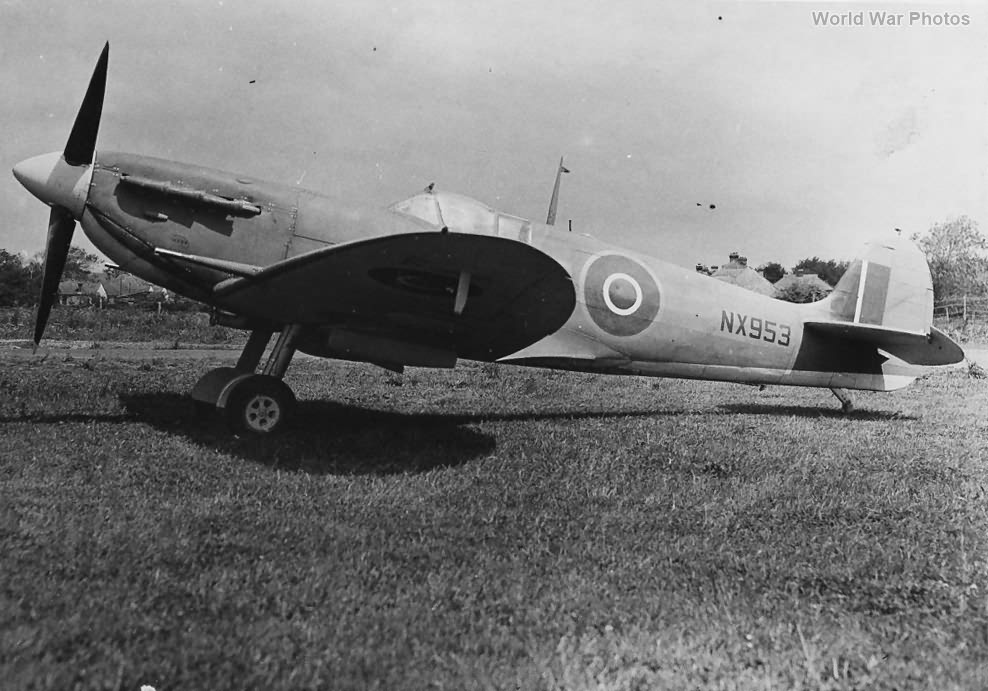The concept of a “Sea Spitfire” emerged in the early 1930s when the Fleet Air Arm (FAA) began looking for a modern interceptor. The initial requirement called for a two-seat fighter with a bomb load and dive-bombing capability, but this was deemed unrealistic by the Air Ministry in 1934. The FAA eventually settled for the Blackburn Roc and Skua, but by the late 1930s, it became clear that these aircraft would soon be obsolete, prompting the FAA to seek a new folding-wing fighter.
The Hawker Hurricane was initially considered due to its stable undercarriage, but by 1938, attention shifted to the Spitfire, which had gained public attention. The Admiralty even explored the idea of having Fairey Aviation build the Spitfire under license, but this plan was scrapped due to conflicts with other contracts. With the Roc’s development canceled in 1938, the FAA was left with no modern monoplane fighter and had to request more Sea Gladiators.
The Admiralty made several attempts to acquire Spitfires for naval use, including test flights with arrestor hooks and discussions on folding wings. However, Winston Churchill opposed the idea, preferring to continue production of the Fairey Fulmar, and the contract for 50 folding-wing Spitfires was officially canceled in March 1940.
By May 1940, the Fulmar was behind schedule, and releasing Spitfires to the Navy was not feasible due to the war’s demands. As a stop-gap measure, the FAA ordered Grumman F4Fs, but by October 1940, the possibility of using the Hawker Typhoon or the Blackburn Firebrand was also explored. However, limited Napier Sabre engines made these options impractical.
In 1941, with the arrival of the Spitfire Mk V, the FAA renewed its efforts to obtain the aircraft for carrier operations. The Air Ministry agreed to release older Mk Is and Mk Vbs, along with future deliveries of Mk Vcs. The first Spitfires were fitted with arrestor hooks and underwent trials with catapult-assisted takeoffs. By February 1942, catapult trials began on the prototype Seafire Mk IIc, and further trials led to the Seafire Mk Ib.
The Seafire Mk Ib entered service in June 1942, with orders placed for 48 conversions of Mk Vbs and 118 new Seafire Mk Ibs from Cunliffe-Owen. These aircraft were equipped with arrestor hooks, catapult spools, fuselage strengthening, and auxiliary fuel tanks. By October 1942, No. 801 Squadron had fully equipped with the Seafire Mk Ib, and other squadrons followed suit. The Seafire became a key naval fighter, with deployments on HMS Furious and various training schools.
The Seafire’s development marked a significant milestone for the FAA, providing them with a capable monoplane fighter adapted from the iconic Spitfire.
